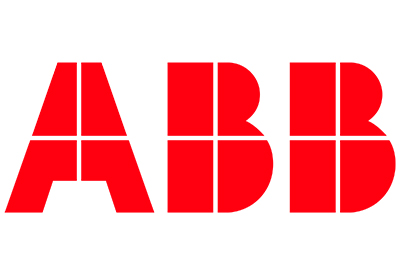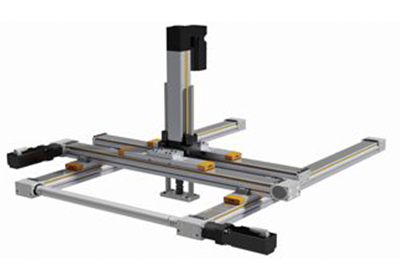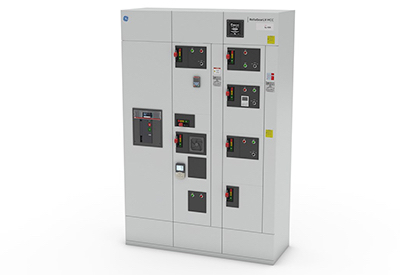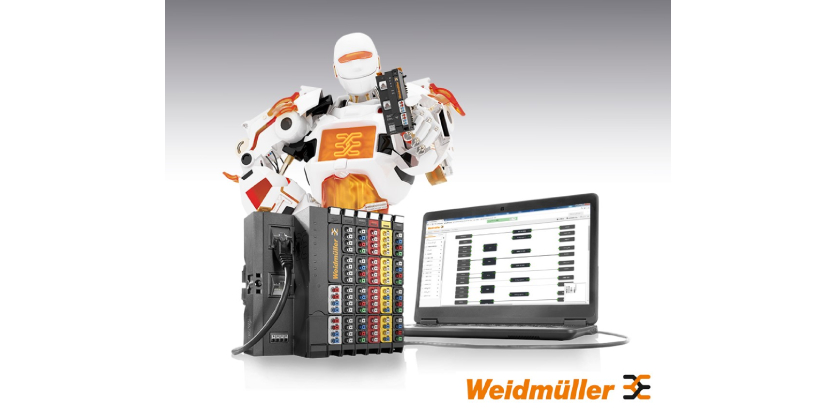ABB Enables Zero-Emission Electric Operation for Heavy Vehicles
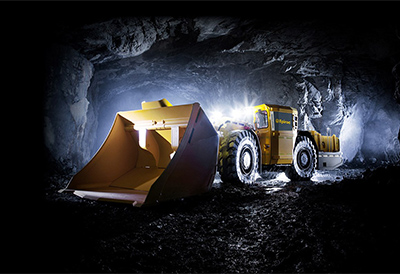
February 13, 2019
ABB has launched an optimized e-drivetrain platform to help manufacturers of heavy duty special and commercial vehicles make a smooth, fast-track transition from diesel to zero-emission electric operations. The complete e-drivetrain solution includes the key elements – motor, drive and vehicle control unit – harmonized for maximum performance, reliability and energy efficiency. ABB can work alongside vehicle OEMs to design a drive train that suits their specific application needs.
One of the first heavy vehicle customers to adopt ABB’s optimized e-drivetrain is Epiroc, one of the world’s leading suppliers of underground mining and infrastructure equipment. A number of Epiroc’s second-generation battery powered vehicles are using an ABB e-drivetrain, including electric motors and HES880 high power drives, for propulsion and auxiliary applications. Epiroc aims to enable a diesel-free mine with improved air quality and less noise. This electrification will enhance energy efficiency and mine productivity as well as reducing ventilation needs and maintenance costs.
“ABB views the electrification of heavy vehicles as an important step towards a low-carbon future,” said Heikki Vepsalainen, Managing Director of ABB’s Motors and Generators business. “Our work with Epiroc demonstrates that we are leading the way as a provider of e-mobility systems and products for heavy vehicles. Our broad portfolio includes EV chargers, ABB Ability for grid and fleet management, drivetrains and robotized production lines for electric motors, batteries and other drivetrain components.”
Many OEMs face a challenge that their drive-cycle and performance requirements vary greatly between applications such as drilling, scooping and trucking of materials. This can make it difficult for designers to identify the best choice of e-drivetrain for their specific application. An over-specified e-drivetrain may cost more than necessary and carry a weight penalty. While an under-specified e-drivetrain may not deliver the required power, could overheat and as a result be unreliable with a reduced service life.
ABB has an installed base of over 50,000 drivetrains for heavy electric vehicles including rail vehicles, buses, construction equipment, mining and special vehicles. ABB has also partnered with Northvolt to develop a state-of-the-art lithium-ion (Li-ion) battery factory.


